Seeds included in 'Vegetables | Cool Climate | Summer 2023' Seed Subscription:
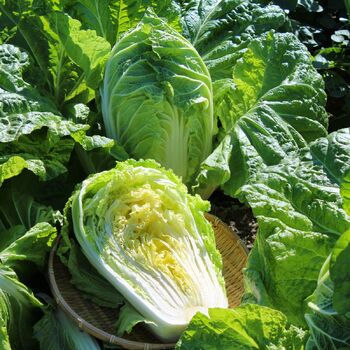 |
Cabbage, Chinese- Wombok (Brassica pekinensis)Chinese cabbage, Wombok, has tight heads, pale leaves, and crisp ribs. It matures quickly and can be grown year-round in warm regions. With a mild flavour, it can be eaten raw or cooked in salads, coleslaw, stir fries, soups or Kimchi. |
 |
Lettuce- Red Velvet (Lactuca sativa)Loose leaf variety with velvety deep red leaves, green on reverse, and soft frilled edges. Crisp at the base with a mild flavour. Can be harvested at any stage from microgreen to mature. Slow to bolt. |
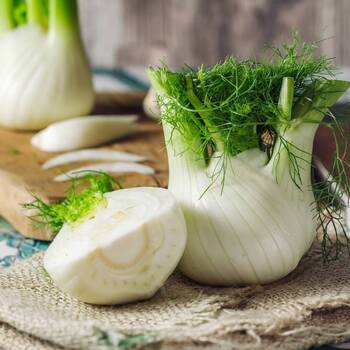 |
Florence Fennel (Foeniculum vulgare dulce)Perennial plant typically grown annually. It has a bulbous base, short stems, and feathery foliage. Its sweet flavour is a mix of celery and aniseed. The base is eaten raw or cooked, while leaves are used for flavouring and garnish. |
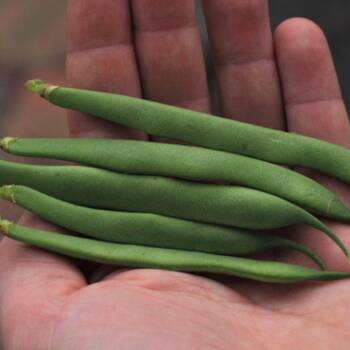 |
Dwarf Bean- Pioneer (Phaseolus vulgaris)Dwarf (bush) bean. Stringless flat pale green fleshy pods that grow to 17cm; good flavour. Grows well in summer. Old favourite variety. High yielding. |
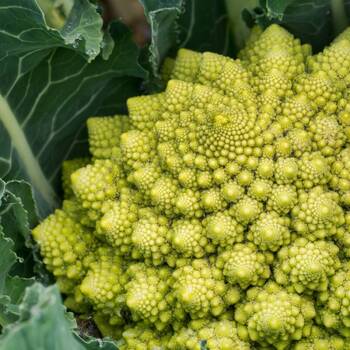 |
Broccoli- Romanesco (Brassica oleracea)Pale green heads with spiralling pattern, growing to 20cm. Tender with excellent flavour. Best in cool weather. Often eaten raw, great in salads, can be cooked with minimal flavour loss. |
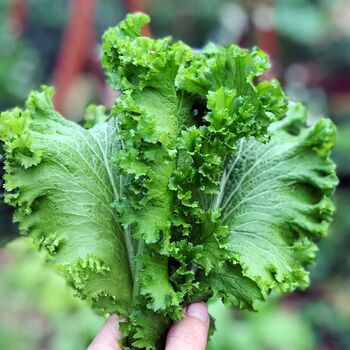 |
Mustard Greens- Chirimen Hakarashi (Brassica juncea)Annual green vegetable with round stalks, curled leaves with serrated edges. Japanese variety, spicy flavour intensifies with maturity. Can be eaten raw or cooked. Ideal for microgreens, baby leaf. Easy, quick to grow. |
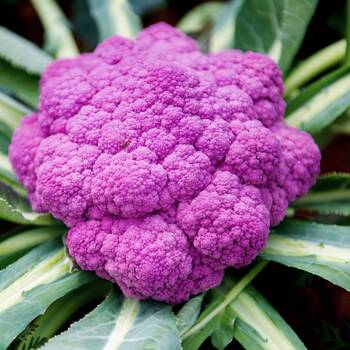 |
Cauliflower- Purple Sicily (Brassica oleracea botrytis)Large purple flower heads to 1.2kg. Purple cauliflowers are easier to grow than white varieties. Colour fades when cooked. 190 days to maturity. |
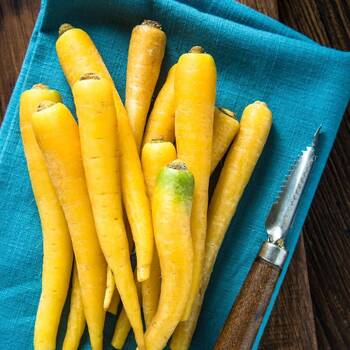 |
Carrot- Solar Yellow (Daucus carota)Entirely yellow roots growing to 18cm. Sweet, juicy and very crunchy. |
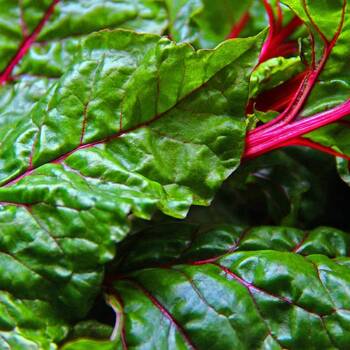 |
Silverbeet- Magenta (Beta vulgaris)A biennial usually grown annually, reaching 60cm. It has green leaves, tender magenta stalks with great taste. Attractive in gardens and meals. Also known as "Swiss Chard", often mistaken for "Spinach". |
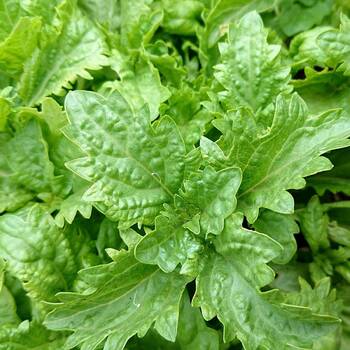 |
Basil- Green Ruffles (Ocimum basilicum)Annual plant up to 60cm. Lime green ruffled leaves, serrated edges. Basil flavour with mint, aniseed hints. Suitable for containers. Ideal for salads, garnish. Usable fresh or dried. Harvest as needed. |
Summer Gardening
Tips for gardening in summer:
- Watering: Learn when to water by using your index finger to check soil moisture. Scratch back a little of the surface soil and use your finger to see if soil is moist about 5cm below the surface; if it’s on the dry side, it’s time to water. Learn more here.
- Crop protection: As fruit and veggies develop they may need protection from burrowing insects, fruit fly, birds, possums or bats. Berries, fruit trees and soft fruit like tomatoes are especially at risk. Use insect exclusion netting, bird netting or fruit protection bags to protect crops. Ensure your netting is pegged or tied securely at the bottom to stop pests getting in.
Pests and diseases to look out for in summer:
- Aphids: Small, sap-sucking insects that congregate on the new shoots or the underside of leaves. They can cause leaves to wilt or become discoloured, and also excrete honeydew which can attract ants and other insect pests. To manage aphids, remove them by spraying with a garden hose, apply a soap or alcohol spray, or encourage predatory insects to your garden. Learn more.
- Whitefly: A sap-sucking insect related to aphids, whitefly are found in large numbers on the underside of leaves, and will swarm in clouds when disturbed. Plants may have yellowing leaves or may wilt, and growth will be slowed. Whitefly can be removed with a garden hose or sprayed with soap spray. Badly affected plants should be destroyed. Learn more.
- Fungal diseases: The combination of warm temperatures and summer humidity can form the perfect conditions for fungal diseases to spread. Water plants in the morning at ground level, avoiding wetting foliage wherever possible. Prune off affected foliage, space plants to allow more airflow, and treat fungal outbreaks with homemade or purchased sprays.
